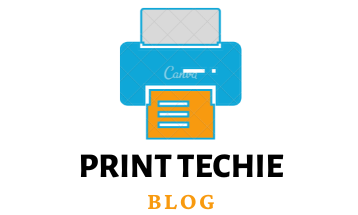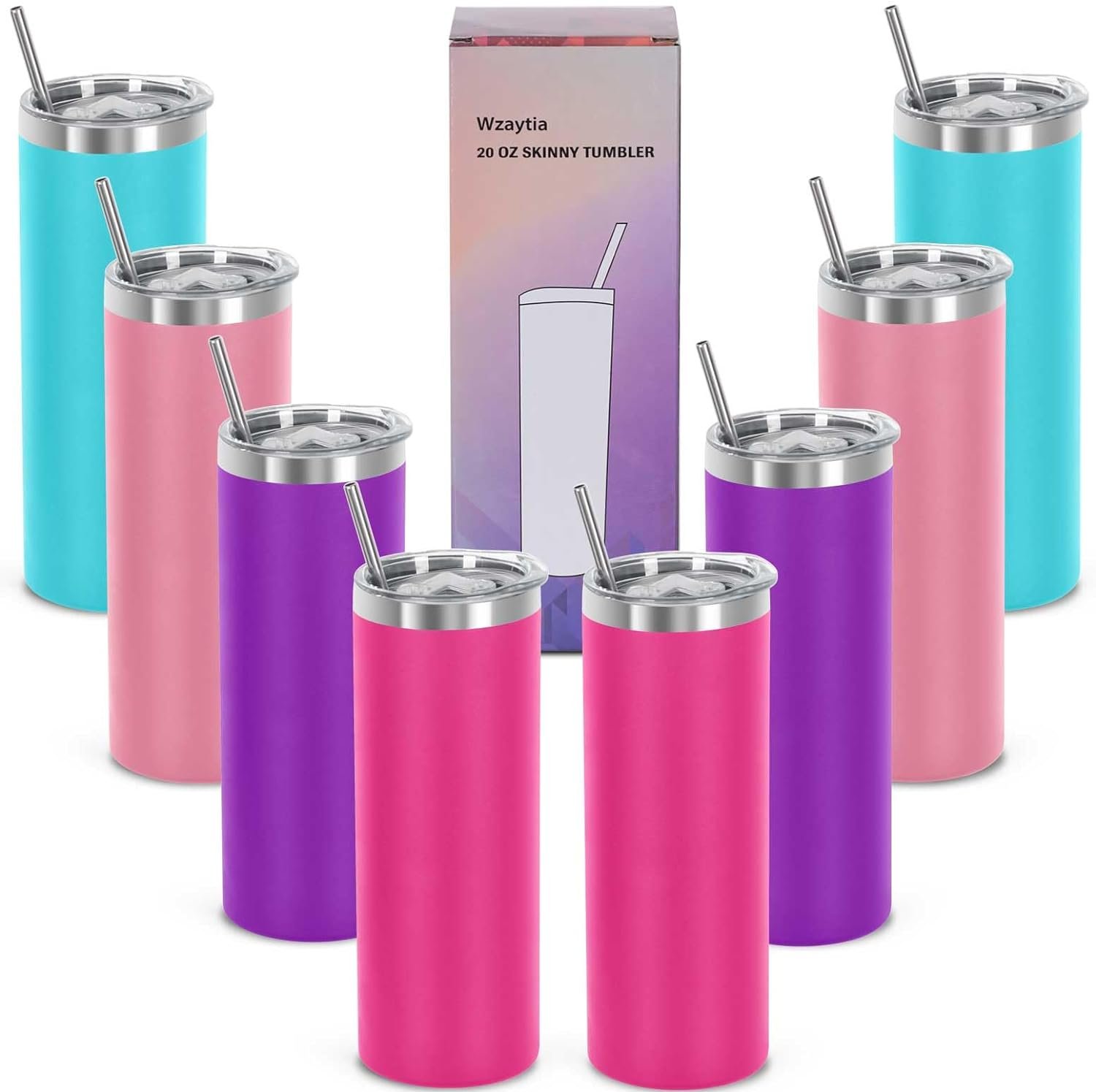Are you intrigued by the idea of transforming ordinary powder coated tumblers into personalized works of art? Whether you’re a DIY enthusiast, a gift-giver seeking a unique touch, or a small business owner looking to add flair to your products, this guide is your gateway to mastering the art of tumbler personalization. From the heat transfer magic of sublimation printing to alternative decoration methods, we’ll explore the techniques that breathe life into your drinkware. Get ready to unleash your creativity and discover the endless possibilities of customizing powder coated tumblers!
can you sublimate on powder coated tumblers
Yes, you can sublimate on powder coated tumblers, but it requires specific techniques for successful results. Sublimation, a popular heat transfer printing method, typically needs a smooth, polymer-coated surface to ensure vibrant and lasting designs. However, with powder coated tumblers, which are known for their durable and textured finish, the process can be more challenging. To achieve effective sublimation on these tumblers, you may need to select ones that are specially treated for sublimation or adjust your process, like the heat and pressure settings, to suit the unique properties of the powder coated surface.
The Compatibility of Sublimation with Powder Coated Tumblers
Navigating the Challenges of Sublimation on Powder Coated Surfaces
Sublimation and powder coating are both popular in their own right, but can they work together? This section delves into whether the vibrant world of sublimation printing is compatible with the robust nature of powder coated tumblers.
Can Sublimation Work on Powder Coated Tumblers?
The key question is: Can the heat transfer printing process of sublimation effectively bond with the surface of a powder coated tumbler? Typically, sublimation requires a smooth, polymer-coated surface to ensure that the ink properly adheres and retains its vibrancy. Powder coated tumblers, known for their textured and durable finish, present a unique challenge.
Understanding the Surface
Powder coating provides a robust layer that resists scratches and chipping, making these tumblers long-lasting. However, this strength comes with a downside for sublimation. The powder coated surface can sometimes be too thick or uneven for the sublimation ink to penetrate effectively. This can lead to faded or patchy designs, which are not desirable for those seeking high-quality, personalized tumblers.
Overcoming the Compatibility Challenge
Despite these challenges, it’s not impossible to sublimate on powder coated tumblers. The process requires careful preparation and specific techniques. For instance, selecting tumblers with a smoother powder coating or those specifically designed for sublimation can make a significant difference. Additionally, adjusting the heat and pressure settings on your sublimation equipment to suit the unique properties of powder coated surfaces can improve the quality of the final product.
Key Considerations
When attempting sublimation on powder coated tumblers, consider these factors:
- Surface Preparation: Ensure the tumbler is clean and free from oils or debris.
- Temperature and Time: Adjusting these settings might be necessary to achieve optimal results.
- Testing: Always test your method on a sample tumbler to fine-tune your approach.
while sublimating on powder coated tumblers presents certain challenges, with the right techniques and considerations, it can be achieved. This section of our guide aims to equip you with the knowledge to explore this innovative printing method on durable drinkware, expanding your creative possibilities.
Step-by-Step Guide to Sublimating on Powder Coated Tumblers
Mastering the Art of DIY Tumbler Printing
Embarking on the journey of sublimating on powder coated tumblers can be both exciting and challenging. This step-by-step guide aims to simplify the process, ensuring you achieve vibrant and lasting results, even if you’re new to this technique.
Preparing Your Tumbler
- Clean the Surface: Start by thoroughly cleaning your tumbler. Any dust, oil, or residue can interfere with the sublimation process. Use a soft cloth and an alcohol-based cleaner for best results.
- Choose the Right Design: Select a design that complements the shape of the tumbler. Remember, the design will wrap around the tumbler, so it should be continuous or seamlessly repeatable.
The Sublimation Process
- Print Your Design: Using a sublimation printer, print your design onto sublimation paper. Ensure the colors are vivid and the print is of high quality, as this will be transferred onto the tumbler.
- Wrap the Design Around the Tumbler: Carefully wrap your printed design around the tumbler. It should be snug and evenly placed. Use heat-resistant tape to secure the paper in place, ensuring it doesn’t move during the sublimation process.
- Heat Press Application: Place the tumbler in a specially designed tumbler heat press. The time and temperature settings are crucial here. Typically, a temperature around 350-400°F (175-204°C) for about 4-6 minutes works well, but this can vary based on your tumbler and press.
Tips for Best Results
- Even Heat Distribution: Ensure your tumbler is receiving even heat all around. Uneven heat can lead to patchy or faded prints.
- Cooling Down: After the sublimation process, allow the tumbler to cool down completely before removing the paper. This helps in setting the design firmly onto the tumbler.
- Final Touches: Once cool, peel off the paper to reveal your vibrant, personalized design on the tumbler.
Sublimation on powder coated tumblers, with a little practice and patience, can yield stunning results. Remember, each tumbler and sublimation technique may require slight adjustments for the perfect finish. Don’t be afraid to experiment with temperatures, timings, and different designs. Your creativity and this DIY tumbler printing guide can turn simple tumblers into personalized masterpieces!
Read: why black sublimation is turning green
Alternatives to Sublimation for Powder Coated Tumblers
Exploring Other Tumbler Decoration Methods
While sublimation is a popular choice for customizing tumblers, it’s not the only method available. If you find that sublimation doesn’t suit your needs or if you’re looking for different styles and effects, there are several alternative printing and decoration techniques you can explore. Each method has its own unique benefits and can be more suitable for certain types of designs or finishes.
1. Vinyl Decals
A versatile and widely used alternative, vinyl decals allow for a broad range of colors and complex designs. They are particularly effective for detailed logos or text-based designs. The process involves cutting out designs from colored vinyl sheets and then applying them to the tumbler surface. Vinyl is durable, offers a high-quality finish, and is relatively easy to apply, making it a great option for beginners or small-scale projects.
2. Screen Printing
This method is ideal for larger batches of tumblers. It involves creating a stencil (or screen) and using it to apply layers of ink on the surface of the tumbler. Screen printing can be more cost-effective for large orders and offers a durable and long-lasting design. However, it is less suited for highly detailed or multi-colored designs compared to other methods.
Read: The 5 Best DTG Printer under $9000
3. Laser Engraving
For a more sophisticated or professional look, laser engraving is an excellent choice. This technique uses a laser to etch designs into the powder coating, revealing the metal beneath. It’s perfect for monochromatic designs and creates a high-end, permanent finish. Keep in mind, laser engraving removes the powder coating in the areas of the design, exposing the metal underneath.
4. Hand Painting
For those who are artistically inclined, hand painting your powder coated tumblers can be a fulfilling option. This method allows for complete creative control and the ability to create truly unique designs. However, it requires a steady hand and more time per tumbler. It’s important to use the right type of paint and sealant to ensure the design’s longevity.
Choosing the right decoration method for your powder coated tumblers depends on your specific needs, the scale of your project, and the desired final look. While sublimation offers vivid colors and detailed designs, these alternatives provide their own unique benefits, from the durability and simplicity of vinyl decals to the elegance and permanence of laser engraving. Experiment with different tumbler decoration methods to find the one that best brings your creative visions to life.
Conclusion
In summary, whether you choose sublimation or one of the alternative methods like vinyl decals, screen printing, laser engraving, or hand painting, personalizing powder coated tumblers offers endless creative possibilities. Each technique has its unique advantages, catering to different styles and preferences. Remember, the key to successful tumbler customization lies in understanding the process, selecting the right method for your design, and experimenting to find what works best for you. Dive into the world of tumbler personalization and unleash your creativity on these durable and stylish canvases. Your perfect, personalized tumbler awaits!




